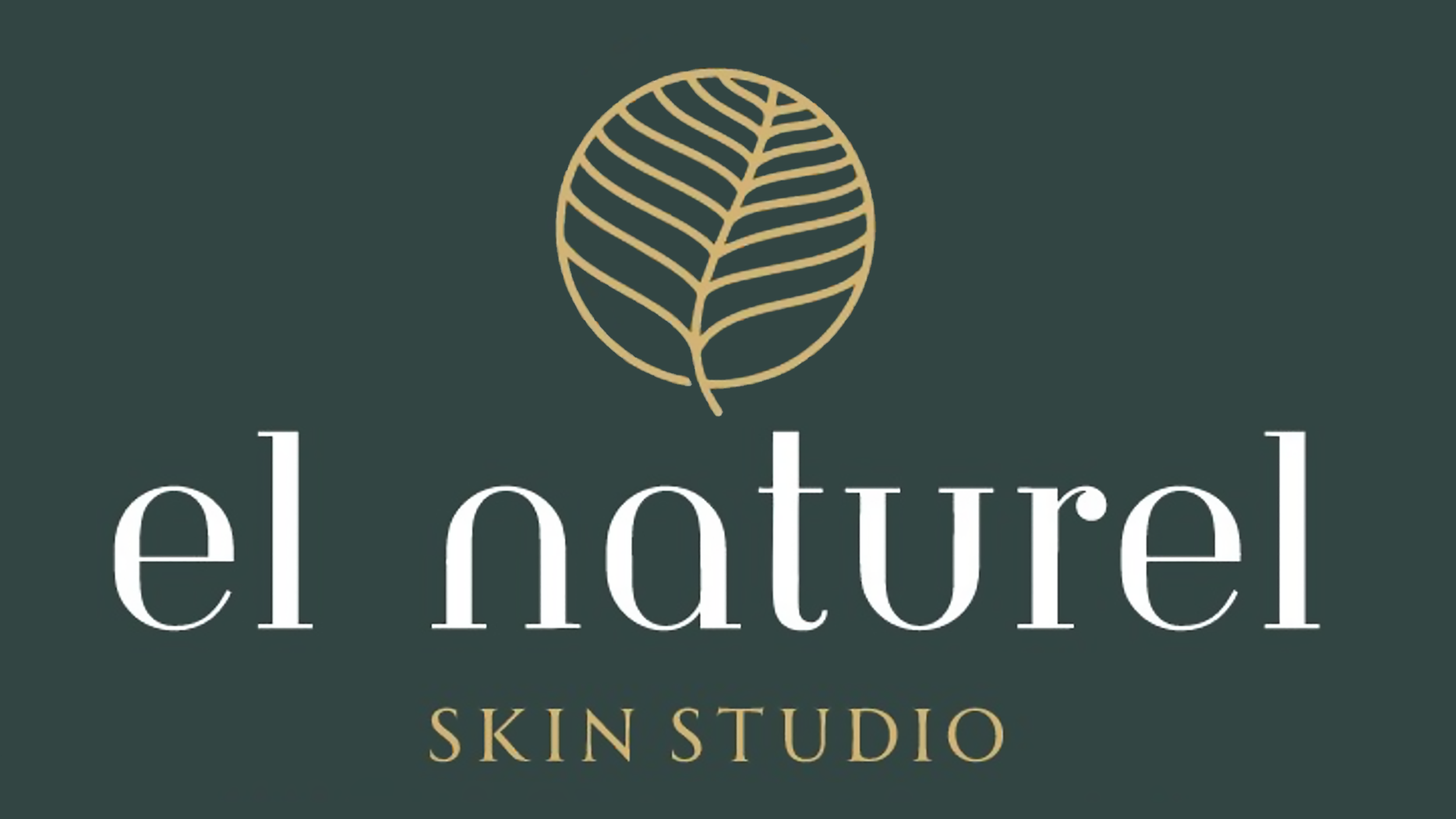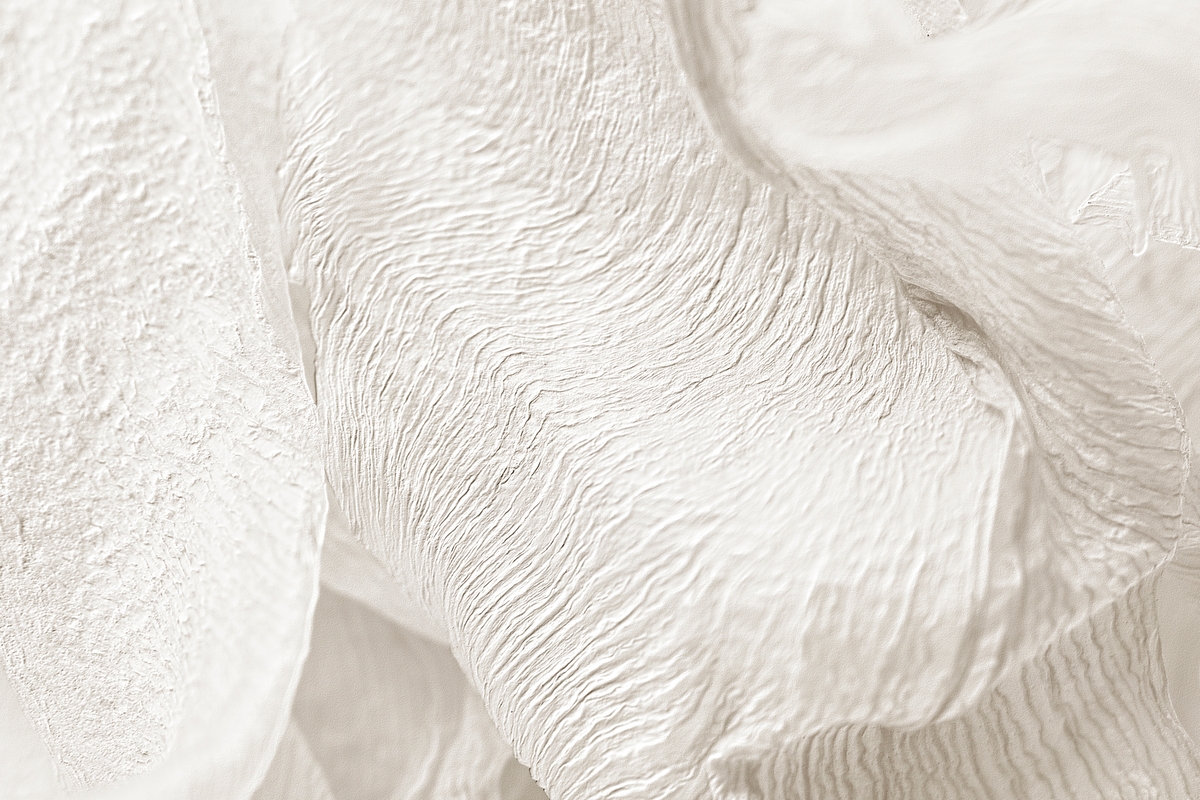This article will describe the ageing process and will use research to support two anti-ageing approaches (RF and HIFU). Detailing how these technologies can improve the skin by slowing down the ageing process and enhance the look and feel of the skin.
One of the opposing anti-ageing technologies is radiofrequency (RF); it targets elastic and collagen fibres. Collagen, which is made of long chains of amino acids form a triple helix support structure in the dermis and gives strength to the skin by forming network bundles (Sukal & Geronemus, 2008). Radiofrequency provides heat to the dermis, resulting in accelerated blood flow and collagen constriction and reorganization of those collagen bundles. According to El Domyati (2021), radiofrequency increases the amount of type 1 and type 2 collagen which are the types of protein found in the skin, cartilage and bone. Radio frequency produces heat when the electrical resistance of the tissues is converted into electric current and is creating thermal energy (Shin et al., 2019). As it stimulates collagen production and reorganization, it not only treats collagen but improves elastic fibre quality as it targets thickened, wrinkled skin caused by sun damage (solar elastosis) (Shin et al., 2019).
Furthermore, a treatment plan should be discussed during consultation with the client as for the treatment to be effective, 3-6 sessions are needed to observe successful results in the form of tighter and firmer skin (Shin et al., 2019). According to Bogle et al.(2007) in a study of sixty-six people with five treatment sessions “at the 6 month follow-up visit, 92% of patients had a measurable improvement in overall appearance and independent photographic review revealed improvement in 84% of subjects”. Therefore, treatment with radiofrequency will provide the patient with tighter skin and renewed facial contouring, ultimately reducing the signs of ageing.
Another anti-ageing technology is high-intensity focused ultrasound (HIFU). This instrument uses high energy focused ultrasound or acoustic waves to create “precision micro wounds”(Shin et al., 2019). The ability to penetrate the skin up to the muscle fascia layer makes HIFU highly effective (Oni and Kenkel, 2015). It targets separate tissues at different depths; with the 4.5mm probe reaching up to the skin’s muscle fascia. The 3.0mm depth probe reaching the subcutaneous tissue of the skin; and the 1.5mm probe targeting the more superficial dermis. The ultrasound waves omit heat and contract the tissue, producing tension, accelerating cell activity and stimulating the body’s self-repair mechanism of “wound healing” (Oni and Kenkel, 2015). This treatment induces necollagensesis and neoelastogenesis: restoring collagen, increasing elasticity and tightening of the skin. As well as the formation of new tissues, already established collagen structures are remodelled in this treatment (Shin et al., 2019).
However, whilst treating the deeper layers of the skin, the technology does not affect the superficial epidermis. Compared to more superficial treatments where the epidermis is affected, no visible injury to the skin, no bleeding or trauma are observed after using the HIFU treatment. This equals with no downtime for the client and a return to normal activities is possible straight after the treatment (Oni and Kennkel, 2015). Even though it is a successful technology, it does not target and cannot treat broken capillaries or age spots. Nevertheless, other technologies (not discussed in this essay) like intense-light therapy (IPL) can treat those. As a non-invasive, anti-ageing treatment, HIFU is very effective with the results being visible immediately, while further improvements will show over a six-week period. The visible improvements can last from 6-12 months depending on the skin type, age and lifestyle of the client. According to Shin (2019), subjectively and objectively improvement of the skin can be seen after just one treatment with high-intensity focused ultrasound.
Ultimately, the right approach and the right technology used to achieve anti-ageing results will be determined by the therapist and the client. An understanding by the therapist, of the molecular structure of the skin, its blood vessels and supporting tissues is key for that process to be done accurately and successfully. Following an in-depth consultation, a desired and realistic result will be discussed and the appropriate anti-ageing technology can be chosen to improve the overall appearance of the skin and leave the client with better looking and feeling skin.
.
Bibliography
Bogle, M., Ubelhoer, N., Weiss, R., Mayoral, F. and Kaminer, M., 2007. Evaluation of the multiple pass, low fluence algorithm for radiofrequency tightening of the lower face. Lasers in Surgery and Medicine, 39(3), pp.210-217. https://doi.org/10.1002/lsm.20472
Fabi, S. and Goldman, M., 2014. Retrospective Evaluation of Micro-focused Ultrasound for Lifting and Tightening the Face and Neck. Dermatologic Surgery, 40(5), pp.569-575. https://doi.org/10.1111/dsu.12471
Oni, G. and Kenkel, J., 2015. Response to “Comments on ‘Evaluation of a Microfocused Ultrasound System for Improving Skin Laxity and Tightening in the Lower Face’”. Aesthetic Surgery Journal, 35(3), pp.NP83-NP84. https://doi.org/10.1177/1090820×14541956
Shin, J., Kwon, S., Choi, J., Na, J., Huh, C., Choi, H. and Park, K., 2019. Molecular Mechanisms of Dermal Aging and Antiaging Approaches. International Journal of Molecular Sciences, 20(9), p.2126. https://www.ncbi.nlm.nih.gov/pmc/articles/PMC6540032/
Sukal, S. and Geronemus, R., 2008. Thermage: the nonablative radiofrequency for rejuvenation. Clinics in Dermatology, 26(6), pp.602-607. https://doi.org/10.1016/j.clindermatol.2007.09.007
Zhang, S., & Duan, E., 2018. Fighting against Skin Aging: The Way from Bench to Bedside. Cell transplantation, 27(5), 729–738. https://doi.org/10.1177/09636
by Nina Filipovic



